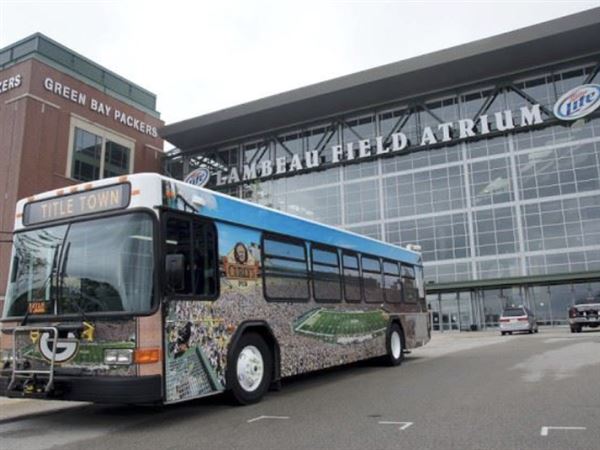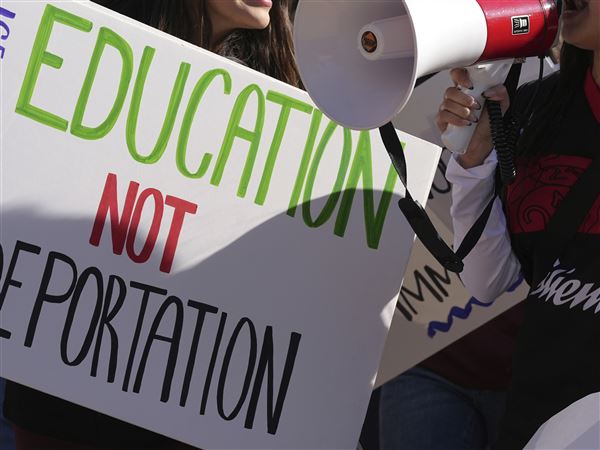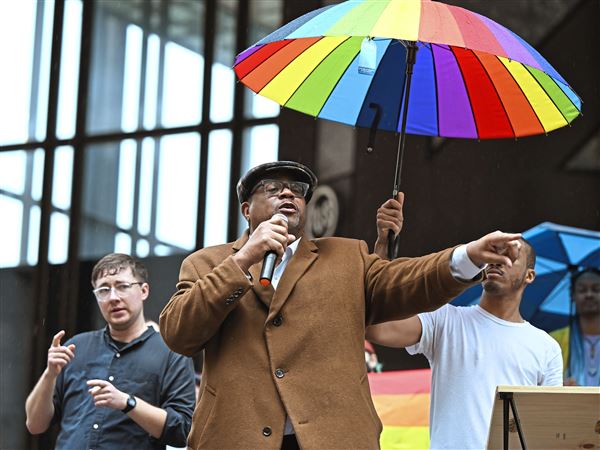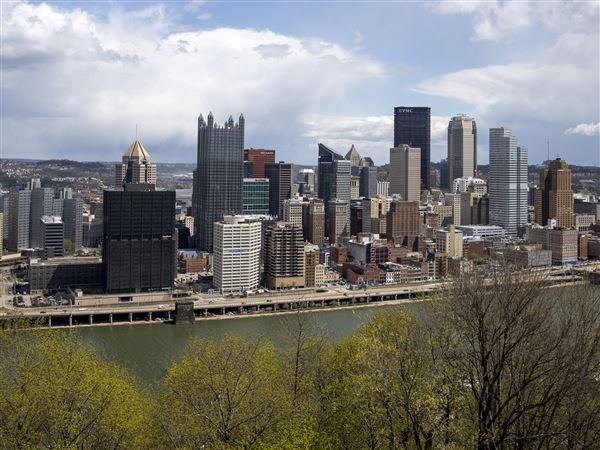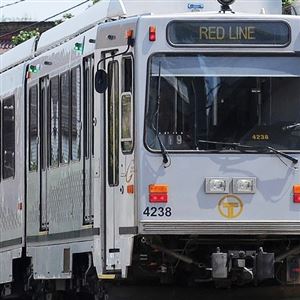What should Downtown Pittsburgh streets look like and how should they be used over the next few decades?
The Pittsburgh Downtown Partnership is leading a year-long study with the city, Port Authority and the Southwestern Pennsylvania Commission to develop a joint approach that all the groups can live with. The study will look at such things as reducing single-passenger vehicles, creating stopping areas for shared-services such as Lyft and Uber, and identifying where future bike and pedestrian paths should be located.
Chris Watts, vice president of mobility with the partnership, said the study is needed because of all of the activity going on in and around the Downtown area: Port Authority’s development of a long-range plan and the Bus Rapid Transit system between Downtown and Oakland; continuing growth in the Strip District, Lawrenceville, the North Shore and South Side; ongoing testing of self-driving vehicles in the city; and the recent completion of the regional commission’s long-range transportation plan.
“With all of these things, Downtown is essentially in the center of how all of this works,” Mr. Watts said Thursday after he presented plans for the study to a Port Authority committee. “The whole nature of the game is collaboration.”
The committee recommended the authority board approve the study when it meets next Friday.
The partnership’s request for proposals said the Downtown area has had $5.2 billion of investment in the past 10 years with another $3.5 billion “in the pipeline.” The city needs a formal plan to manage transportation around that growth, it said.
“We envision this plan serving as a catalyst for enhancing the existing multimodal transportation network that is optimized for new development opportunities while still retaining the historical and natural assets of Greater Downtown,” the document said.
David Huffaker, the authority’s chief development officer, said the timing of the study is “great” because so many mobility projects are just beginning.
“It’s a chance for all of us to have input,” he said. “This helps facilitate getting us all together and talking at the same time.”
Mr. Huffaker said the route for the Bus Rapid Transit system, a $195.5 million project awaiting federal funding, won’t change as a result of the mobility study. But the routes for other buses could change as the study develops a workable system in the Golden Triangle to accommodate all methods of getting around.
“The study covers the whole gamut of how people move around in our system — transit, personal vehicle, shared services, pedestrians,” he said. “It’s part of getting all of those systems synched up and working together.”
How the adjacent neighborhoods link with Downtown Pittsburgh is “critical” to the region, said Andy Waple, director of transportation planning for the 10-county Southwestern Pennsylvania Commission. He noted that about 110,000 people work Downtown every weekday.
“We need to get people around efficiently,” he said. “It’s important that all modes are considered.”
Karina Ricks, the city’s director of the Department of Mobility and Infrastructure, couldn’t be reached for comment.
The study should take about a year to complete, but it likely will be a living plan that changes as projects and issues develop. The Downtown Partnership, which is paying for the study, has received proposals from consultants and expects to choose one by September.
Ed Blazina: eblazina@post-gazette.com, 412-263-1470 or on Twitter @EdBlazina.
First Published: July 19, 2019, 11:00 a.m.
Updated: July 19, 2019, 12:44 p.m.
